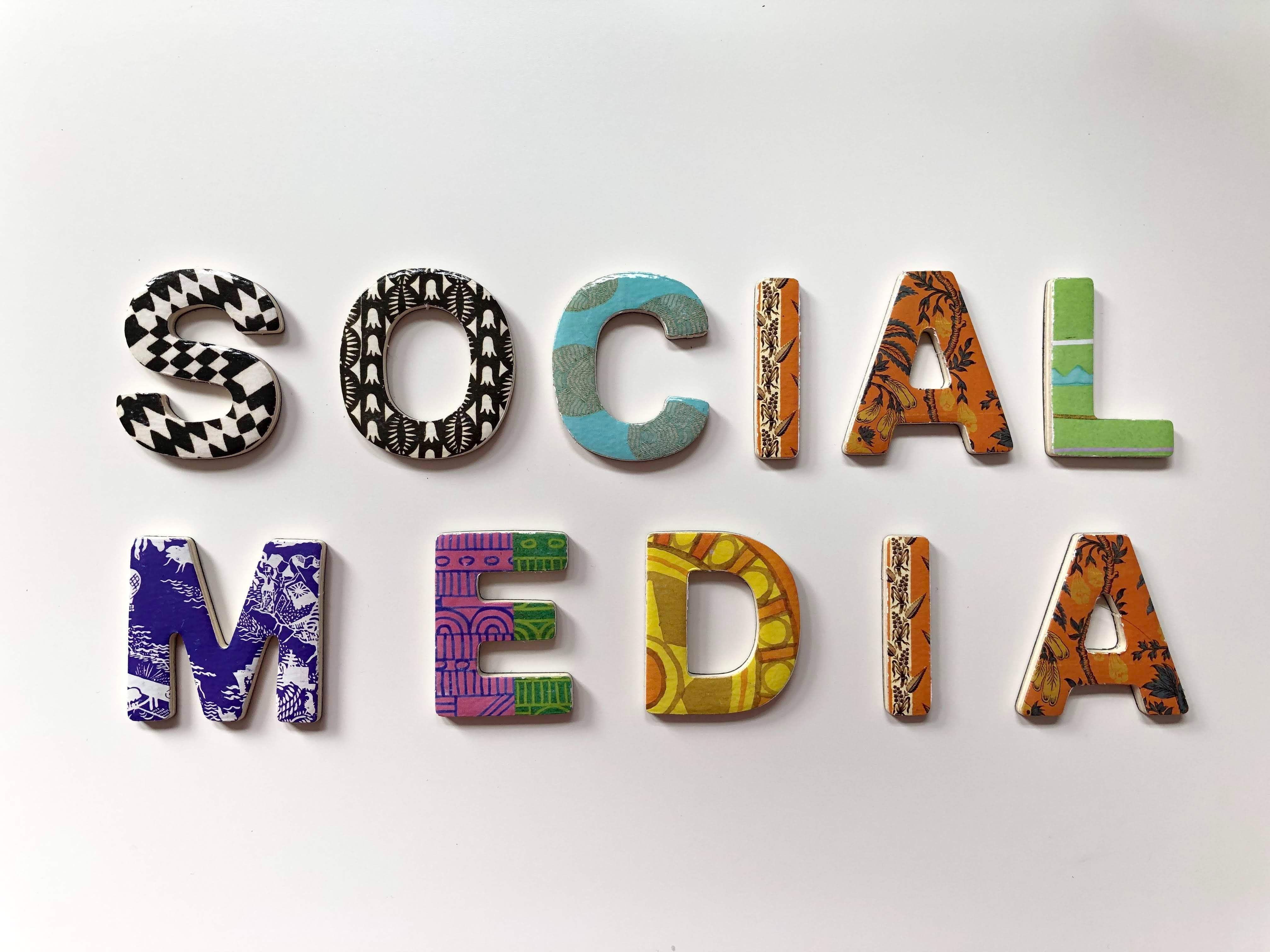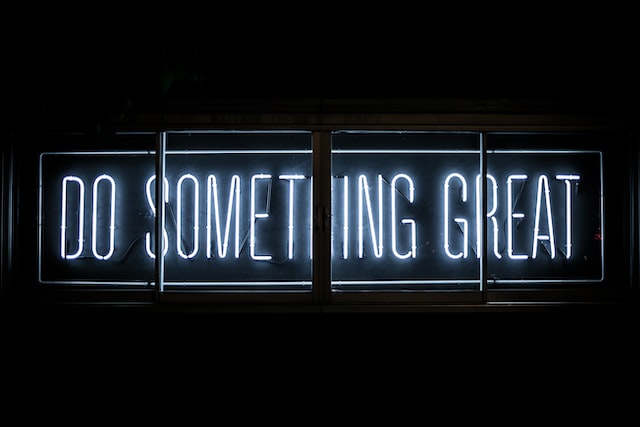GIFs have the power to turn something into something magical. After Giphy made a GIF of Larry David's classic "Can I apologize for the apology" from an HBO show that dropped six years ago, it quickly became popular online and was viewed over With the GIFs going viral, the drama has once again brought back the memories of its users.

I believe that even many people who have never watched the Korean variety show "Superman Returns" have GIFs of the children of Song Republic in their instant messaging software, and these GIFs have gone beyond the show itself to become a visual language for communication online.
This is the beauty of GIF images, which in just a few seconds, bring to life an emotion, a moment, that is difficult to express in words, and thus become the language that users speak when communicating," says Adam Zeller, Vice President of Social Media at Bravo & Oxygen Media. picture is worth a thousand words, and a GIF image is worth a million words."
Data from Giphy, an online dynamic GIF image search engine company, shows that users share around two billion GIF images a day on Giphy.com and social platforms that embed Giphy, including Facebook, Twitter, Tinder, iMessage, Slack and Zendesk, showing how much users GIFs have a way of turning the tide.
GIFs also have the power to turn something into something magical, as Giphy's GIF of Larry David's "Can I apologize forthe apology" from an HBO show that dropped six years ago quickly went viral and was viewed over 30 million times. With 30 million views, the show has been rekindled with the GIFs going viral.
Flax, HBO's Director of Digital and social media, said: "We've found that GIFs have become the digital language of communication for young people. As a brand, we want to make our work and the characters in it a tool used by young people." Dominic Poynter, Group Communications Strategy Director at Droga5, says that GIFs have become a 'social currency' and it is becoming important for brands to use them tactfully.

Taking GIFs to the next level
GIFs were actually developed by CompuServe in 1987, but it is only in the last few years that they have become popular with the rise of social media and, thanks to Giphy, a GIF search engine company, that they have started to show their value in the marketing world.

Giphy is a 4 year old company that is not on par with the likes of Facebook and Google in terms of volume, but is known as the "Google of GIFs" in the GIF world. Giphy.com is the first site that comes to mind when people search for GIFs, and to date, 300 million people visit the site every day to find all kinds of GIFs.
At the beginning, Giphy founder Alex Chung asked a data scientist friend to help him analyse all the searches on Giphy and found that 80% of them were related to TV, movies and celebrities. So, the company team spent two months on the West Coast, visiting Los Angeles TV stations one by one, acquiring the rights to their content, and then having the editorial staff turn the best lines and moments from that content into individual GIFs for users to use. This upfront work greatly expanded Giphy's content library and made the content shareable. Coupled with Giphy's efforts to embed itself on social media outlets like Facebook and Twitter thanks to Chung, GIFs quickly became a phenomenon and were popularised by users as a digital communication tool on social media.
The first to discover the value of GIFs were film and television companies. For example, HBO's homepage on Giphy.com has about 30 pages of content and over 7,000 GIFs of both current hit shows like Game of Thrones and long-dormant TV shows like Curb Your Enthusiasm. GIFs have proved that some old shows can still attract new viewers and be picked up by viewers to generate new interest. Giphy.com even has content from Oscar movies as far back as 1937 in its content library.

Through its work with TV stations and film companies, Giphy has made a name for itself in the entertainment industry, often receiving invitations to do GIFs for offline events. 2017's Emmy Awards saw a very exaggerated expression by actress Anna Chlumsky made into a 3-second GIF that quickly became popular online and was viewed over 13 million times a week after the Emmys.
It was seeing the popularity of GIFs among users that other brands followed suit. during the 2016 US presidential election, CP+B ran an ad for hotel booking site Goodbooking.com, which featured its spokesperson CaptainObvious running for president. At the same time, CP+B made GIFs of some of these moments and uploaded them to Giphy, with the aim of getting users to use these GIFs to make discussions around the election that was taking place at the time. Forty of these Captain Obvious "for president" GIFs were viewed more than 150 million times.
Brands need to learn to be part of the conversation
Brands can create their own GIFs and upload them to Giphy.com for users to choose from and use. At the same time, to facilitate the creation of GIF images by brands and users, Giphy has developed a number of production gadgets, such as the Giphy Cam, an app that is the equivalent of a camera that can take content in GIF format; the launch of a GIF button on some social media, which allows users to search for GIF images and share them by simply clicking on them; and the creation of a pop culture database for brands to refer to. Giphy can also provide a path for GIF images to be distributed on all major social media.

Adam Leibsohn, co-founder of Giphy, says that most digital advertising today is "brands wishfully joining the uninvited party". In the words of Winston Binch, partner at agency Deutsch, users are having an intimate conversation and insincere content is rejected. And this is exactly the challenge brands face.
Although a GIF image is only a few seconds long, it is simple and concise and demands a high level of content creation. Quinn Katherman, Creative Director at CP+B, says that if brands want to play well with GIF image marketing, they can't just simply insert it, but find ways to join the user's conversation. For example, for this year's back-to-school season marketing, Converse worked with child star Millie Bobby Brown to make 32 back-to-school season GIF motion graphics that were uploaded to Giphy and Tendor. These GIFs showcased the mixed emotions of teenagers who were either frustrated or elated on the first day of school. These GIFs cut through the hot topic of teenagers while capturing their emotions and naturally became the visual language that teens use when communicating.
Giphy believes it has a crucial asset for brands: it has access to the real emotions of hundreds of millions of consumers. By analysing big data on users' search behaviour on Giphy, they can capture demographics + users' interests + emotional behaviour.
According to James Poulter, Senior Manager of Global social media at LEGO, people's habits on Giphy are an indication of their attitude towards the brand.
"When people search for LEGO on Giphy.com and send a GIF image of LEGO, people may be looking for a happy or sad reaction. Those emotions are what we want to capture and what we want to do is present the most joyful, humorous and best content for the user in that context. When you think something is so awesome, we want our content to be a tool that users want to use to share that emotion." James said.

Of course, Giphy believes it has the most valuable user asset for brands: its ability to capture the true emotions of hundreds of millions of consumers. Brands need to create content that best taps into their users' conversations, based on the characteristics of their products, combined with their users' emotions and current hot topics.